Imagine hiking through the misty forests of New Zealand’s South Island, when suddenly, a chorus of raucous, gleeful sounds fills the air. It’s not the laughter of children, but the wild, infectious calls of the kea parrot—a bird so playful and intelligent, scientists can hardly keep up with its surprises. Recent discoveries have unveiled a stunning truth: kea parrots actually use laughter-like calls to spark joy and encourage play among their flock. This astonishing behavior challenges how we view animal communication and even our understanding of what it means to laugh.
The Mischievous World of Kea Parrots
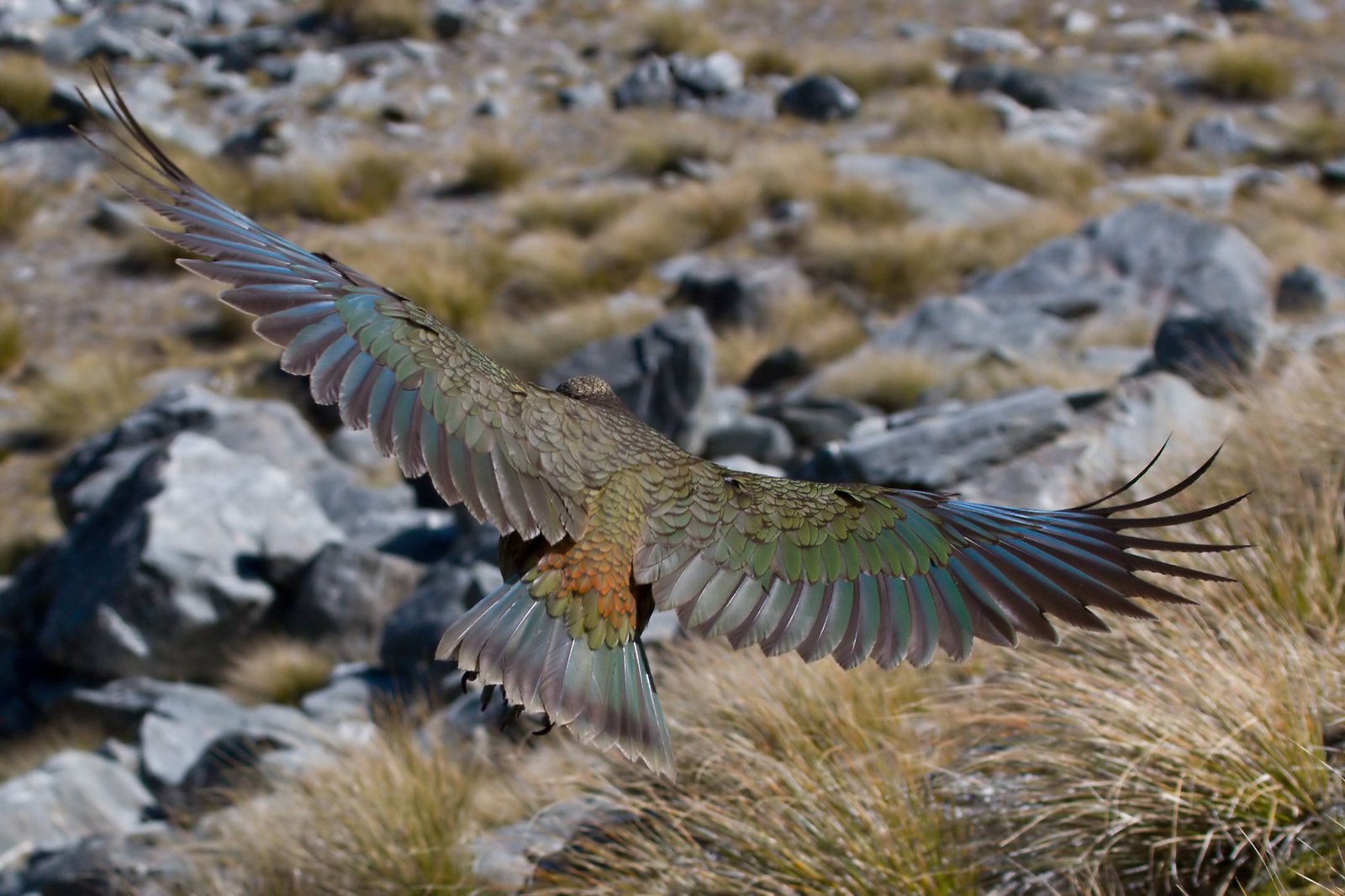
With their olive-green feathers, flashes of orange under their wings, and sharp, curious eyes, kea parrots are icons of the New Zealand wilderness. Known for their bold personalities, these mountain parrots have gained a reputation as nature’s tricksters. They’re famous for investigating backpacks, stealing shiny objects, and even unscrewing bolts from cars. But far more endearing than their pranks is their obsession with play. Keas don’t just play for survival—they play for the sheer joy of it, making them one of the most playful birds on Earth.
What Is a Laughter-Like Call?

Laughter, as we know it, is a uniquely human sound—right? Not exactly. Scientists studying keas have found that these birds emit a special “warble” call during moments of playful excitement. It sounds bubbly, unpredictable, and full of energy, almost like a giggle. This call stands out from their other vocalizations and seems to ripple through the flock, instantly shifting the mood. The warble is so contagious that when keas hear it, they often abandon what they’re doing to join in the fun, just as people might when they hear laughter in a playground.
How Scientists Discovered Kea Laughter
Researchers didn’t stumble upon these laughter-like calls by accident. They spent countless hours observing wild keas, recording every sound and movement. By analyzing audio and video footage, scientists noticed a clear pattern: the warble call always appeared during moments of high-spirited play. To test its effect, researchers played recordings of the call to keas in the wild. The reaction was astonishing—birds that heard the warble became more active, playful, and social, even if they had been resting or foraging before.
The Science Behind Playful Calls
Why do keas use these laughter-like calls? Scientists believe the warble acts as an emotional contagion, similar to how human laughter spreads in a crowd. The call signals safety and fun, encouraging other keas to relax and join the playful mood. This behavior suggests that keas are capable of experiencing complex emotions and even empathy, challenging the notion that such feelings belong only to humans and a few mammals. It’s a vivid reminder of how rich and mysterious animal communication can be.
Comparisons to Human Laughter
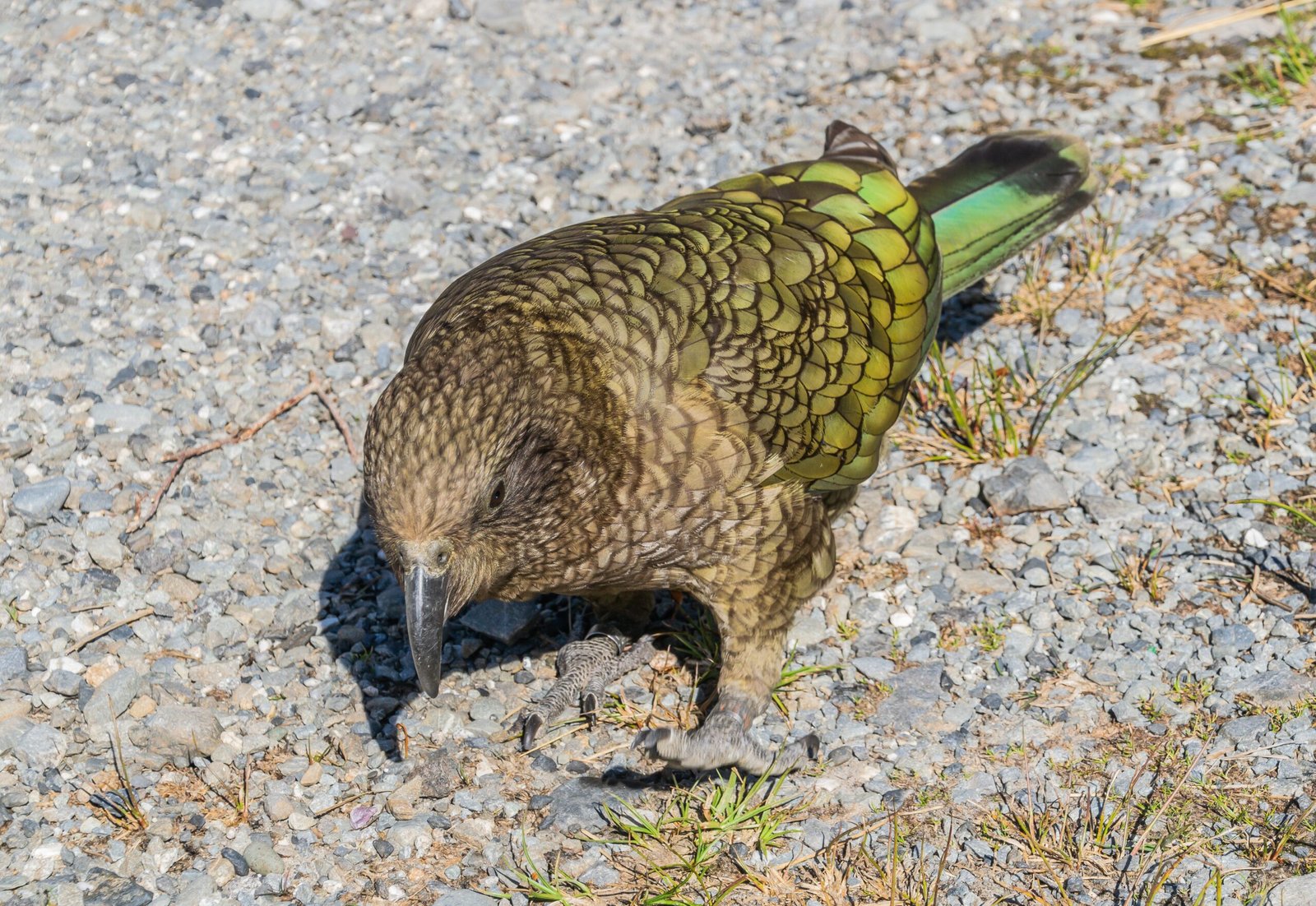
Listening to a group of keas warbling and tumbling together, it’s hard not to draw parallels with human laughter. Just as a child’s giggle can spark a playground-wide wave of laughter, a kea’s warble can sweep through an entire flock. Both sounds are spontaneous, joyful, and deeply social. While the kea’s call is not identical to human laughter, the emotional effect is strikingly similar. It brings individuals together, breaks down barriers, and fosters a sense of community.
The Importance of Play in Animal Behavior
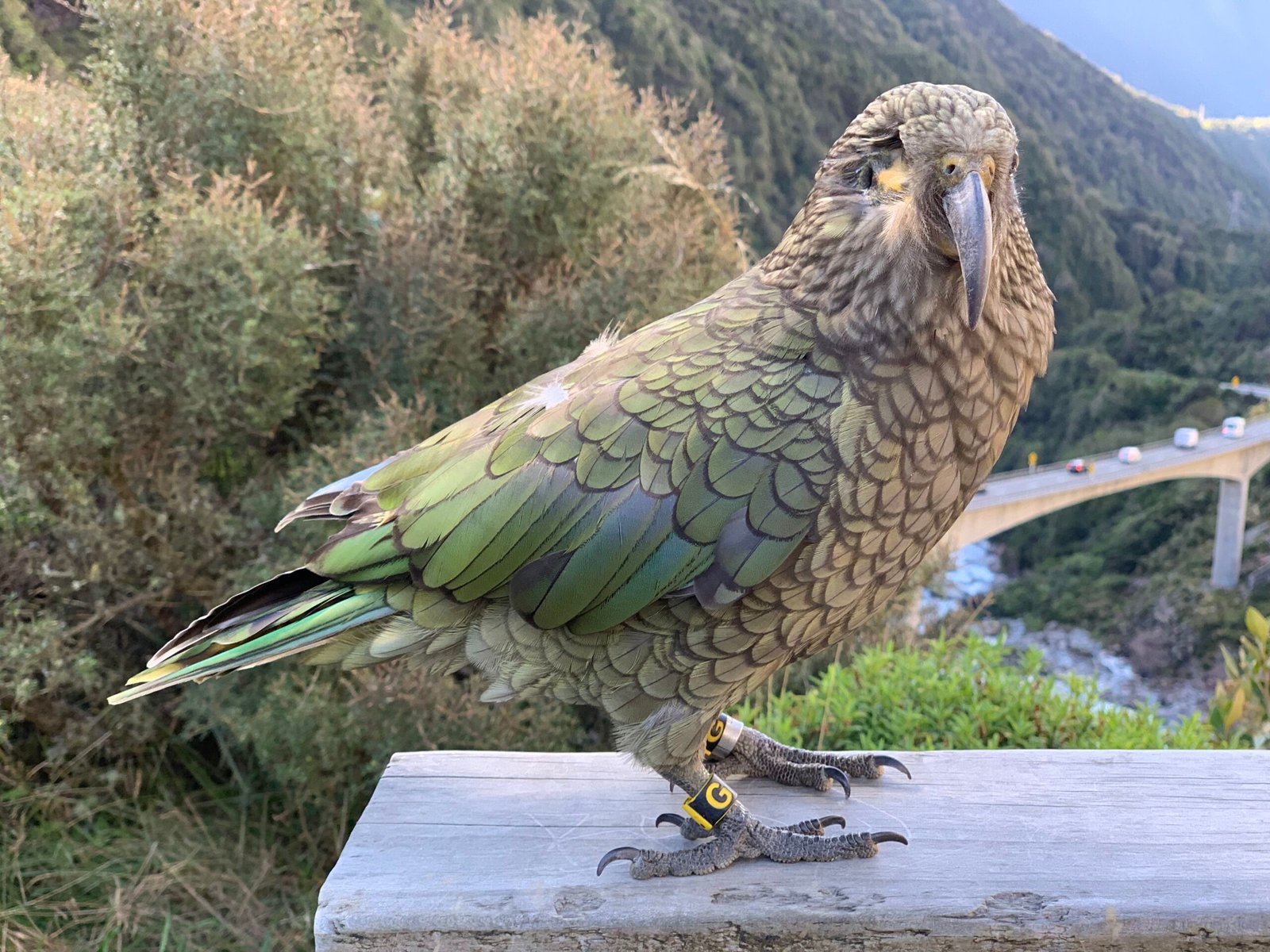
Play isn’t just about having fun—it serves critical roles in the animal kingdom. For keas, play helps young birds develop motor skills, learn about their environment, and build social bonds. The laughter-like warble call amplifies these benefits by drawing more birds into playful activities. In a harsh mountain environment, these moments of joy might seem frivolous, but they build trust and cooperation, which are vital for survival. Play also stimulates the brain, keeping keas sharp and adaptable in a changing world.
Recording and Analyzing the Kea Warble
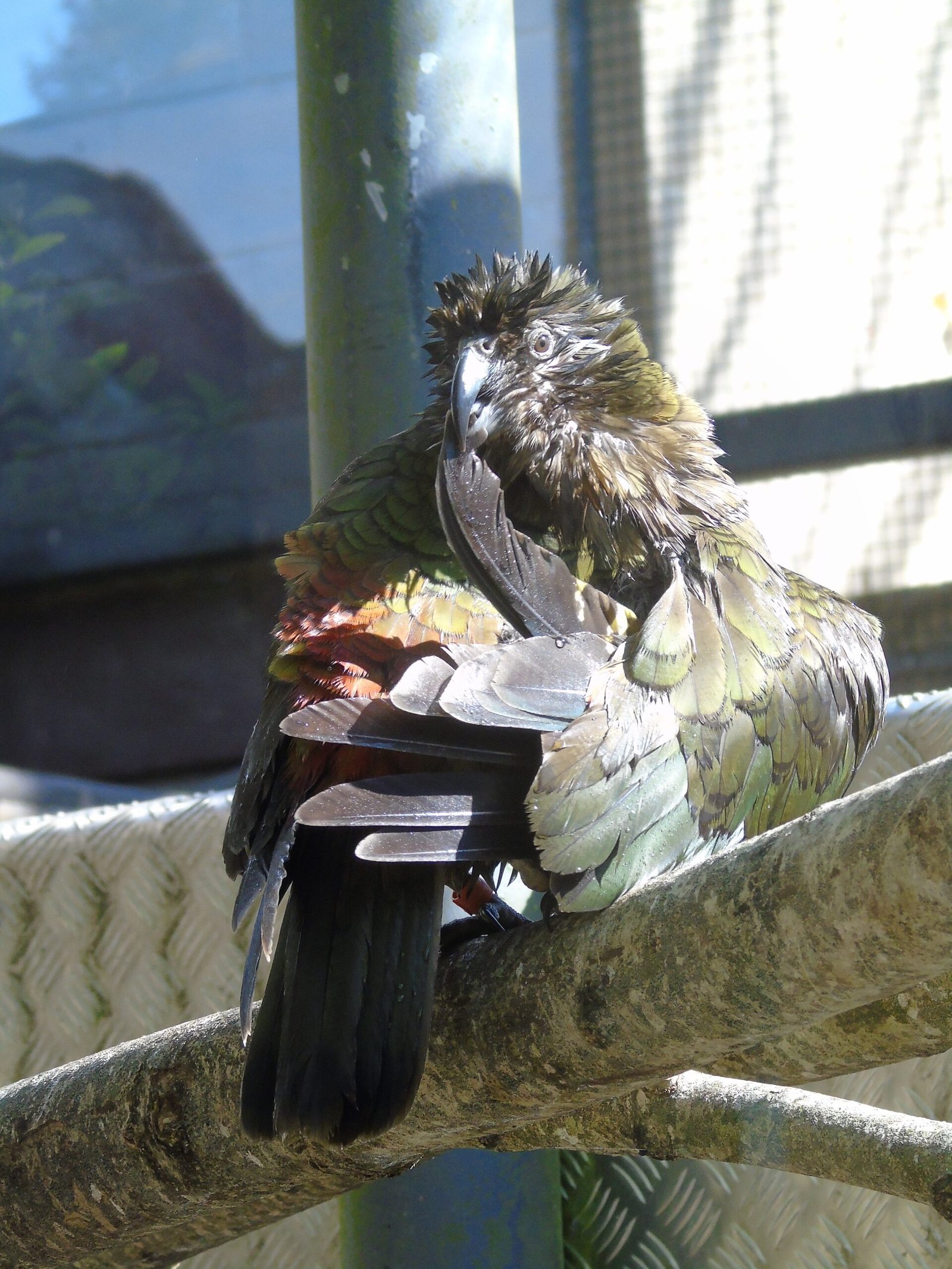
Capturing the kea’s laughter-like call required patience and advanced technology. Researchers used high-quality microphones and video cameras to document every nuance of the warble. Spectrograms—visual representations of sound frequencies—helped distinguish the warble from other calls. The data revealed that the laughter-like call has a distinctive, fluctuating pattern, rarely used outside of playful settings. This precision in sound analysis confirmed that the warble is not just random noise, but a purposeful social tool.
Real-Life Examples of Kea Playfulness
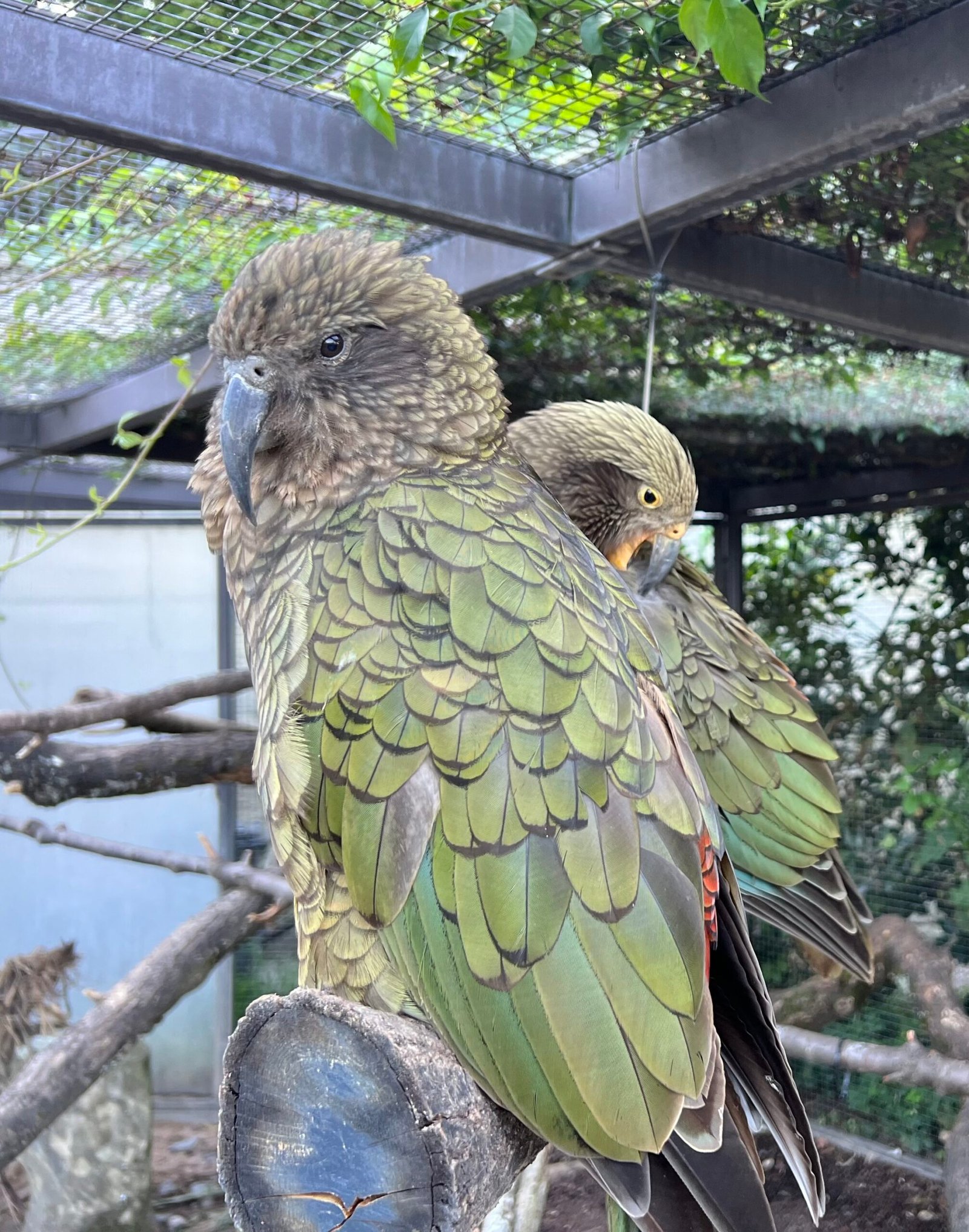
The kea’s playful antics are legendary among locals and tourists alike. Stories abound of keas sliding down snowy roofs, tossing objects back and forth, or even playing “catch me if you can” with each other. In one memorable case, researchers observed a group of keas passing a stick between their beaks, each bird trying to outwit the next. Every time the warble call rang out, the game picked up speed, and new birds swooped in to join. It’s a living example of how laughter-like calls can transform an ordinary moment into a festival of joy.
Emotional Lives of Birds
The discovery of laughter-like calls in keas forces us to rethink what birds are capable of feeling. For a long time, scientists hesitated to attribute emotions to animals, insisting that feelings like joy or amusement were strictly human. But the kea’s warble suggests otherwise. These birds not only experience happiness—they deliberately share it, using their voices to spread delight through their flock. This revelation opens up new questions about the emotional worlds of other animals, from dolphins to elephants and beyond.
Implications for Conservation and Understanding Wildlife
Understanding the playful nature of keas isn’t just fascinating—it’s crucial for their protection. Keas face threats from habitat loss, introduced predators, and conflicts with humans. By revealing the depth of their social and emotional lives, scientists hope to inspire greater empathy and conservation efforts. When people learn that keas “laugh” and play together, they’re more likely to care about preserving these remarkable birds and their wild homes.
What the Kea Teaches Us About Joy and Connection
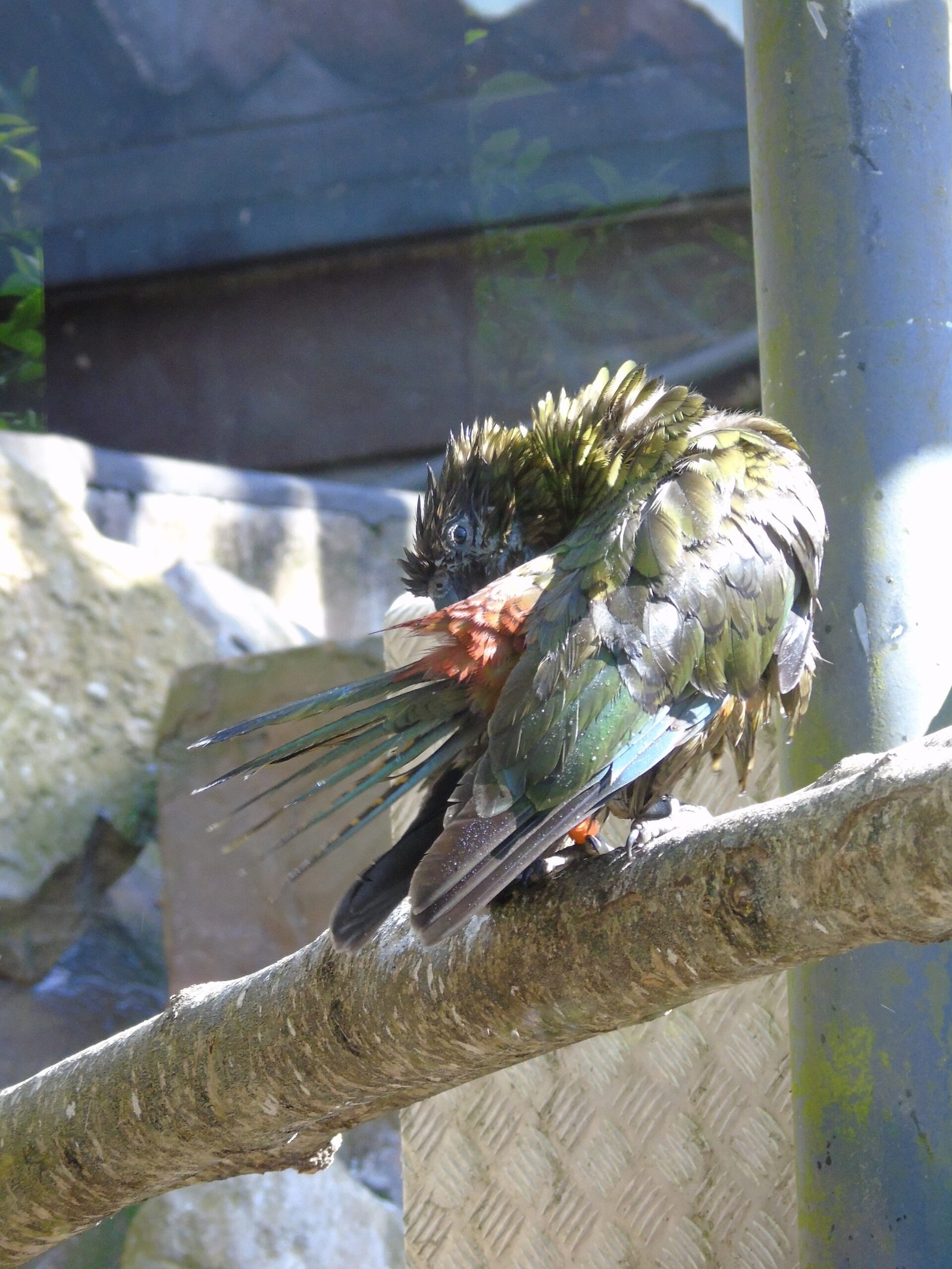
The kea’s laughter-like warble is more than a quirky biological fact—it’s a window into the universal power of joy. Whether in a mountain forest or a city park, laughter and play connect us, dissolve boundaries, and remind us that happiness is meant to be shared. The next time you hear a burst of laughter, human or otherwise, remember the kea: a bird that proves joy is not just a human gift, but a force that unites life in all its wild, surprising forms.



